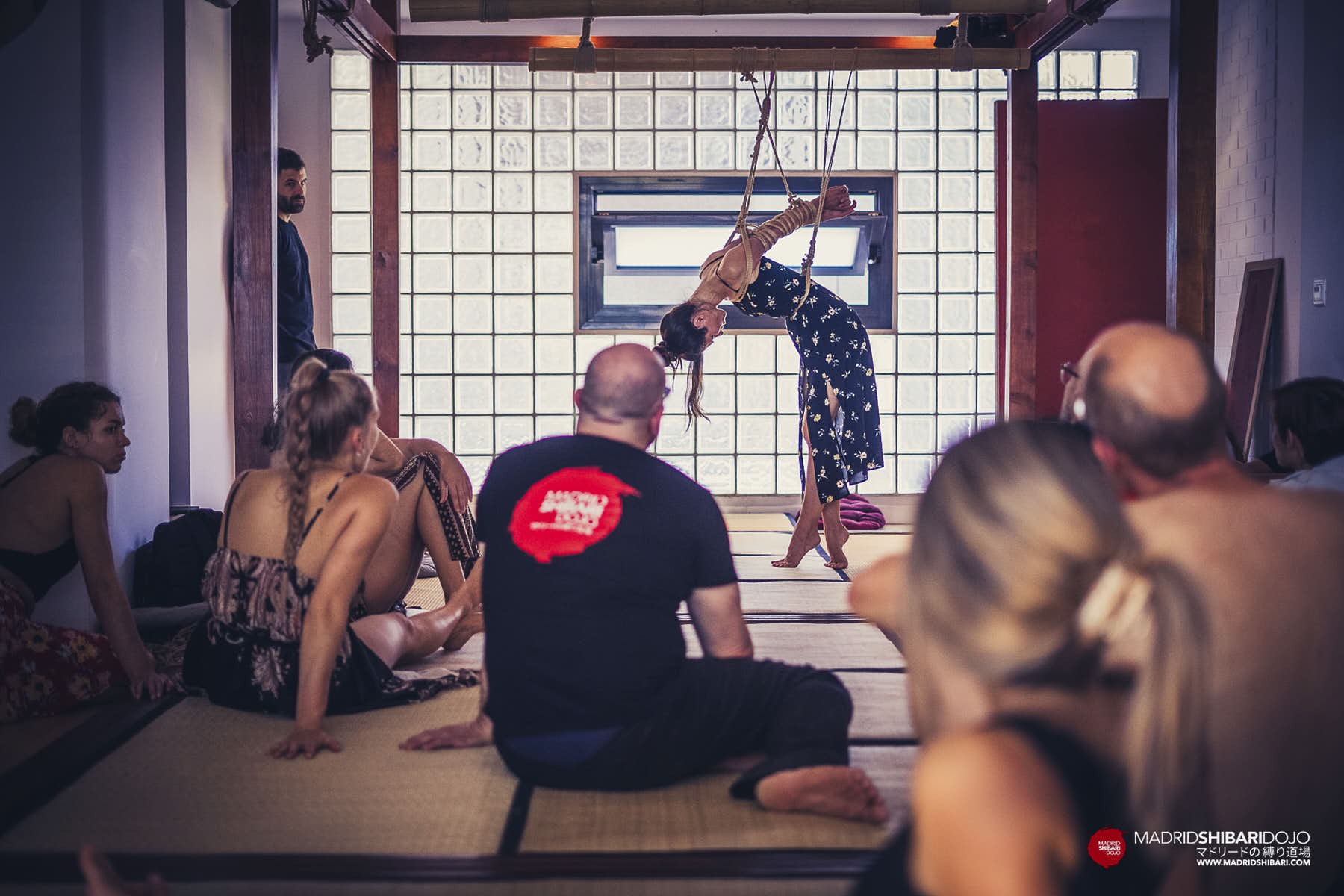One of the very first experiences in life is that of being seen. Parents witness the newborn. What is the development of the self if not the experience of seeing and being seen by others? We long to be seen for who we are. We also want to see others. We want to relate.
The unrelated human being lacks wholeness, for he can achieve wholeness only through the soul, and the soul cannot exist without its other side, which is always found in a “You”.
C.G.Jung, Psychology of the transference
The phenomenon of witnessing has been with me ever since I was introduced to a different – somatic – way of relating to the world. In Sexological Bodywork we witnessed each other in the most intimate practice – making love to ourselves. For me personally, this was a highlight (and horror!) of my introductory workshop in 2015. This way of relating and bringing attention, understanding and compassion to each other was beyond anything I knew at the time. And I loved it.
My next encounter with witnessing was through Authentic Movement – also something I did some time ago. Authentic Movement practice was founded in the 1950s by Mary Starks Whitehouse, one of the pioneers in the study of movement-in-depth, which later became dance therapy. She dedicated her life to researching the natural impulse and movement that is authentic in people.
Movement, to be experienced, has to be ‘found’ in the body, not put on like a dress or coat. There is that in us which has moved from the very beginning: it is that which can liberate us.
Mary Starks Whitehouse
Witnessing is an important part of this practice. Being observed by a compassionate other creates a powerful space.
In both SexBod and AUM, you are invited to witness “without judgment, projection, or interpretation“. You don’t make assumptions about what the moving person is feeling or what is causing this or that movement. This is very important: witnessing has nothing to do with judging. What are you observing? Your own sensations and impulses that come to you as you observe the movers. So you become an active participant in this practice…
When we think about Kinbaku and its origins, it also has to do with making something deeply private – public. Having a third person – an observer – is an essential element of this process. There is a strong connection between being seen and trust. As a witness, how do you evoke trust in the person being observed? What do you bring to the room? How do you influence the space?
I wonder, how much of the original meaning is still left there, when rope jams are so widely available and so visible to the mainstream public? Normally, people seek to tie themselves. On public rope jams, rarely you can see that people take time watching, enjoying, appreciating what the others do.
I think the meaning is still there and it is important that we continue to do that, to offer each other the generous space to be seen, especially in the area of our sexuality, for who we are.
